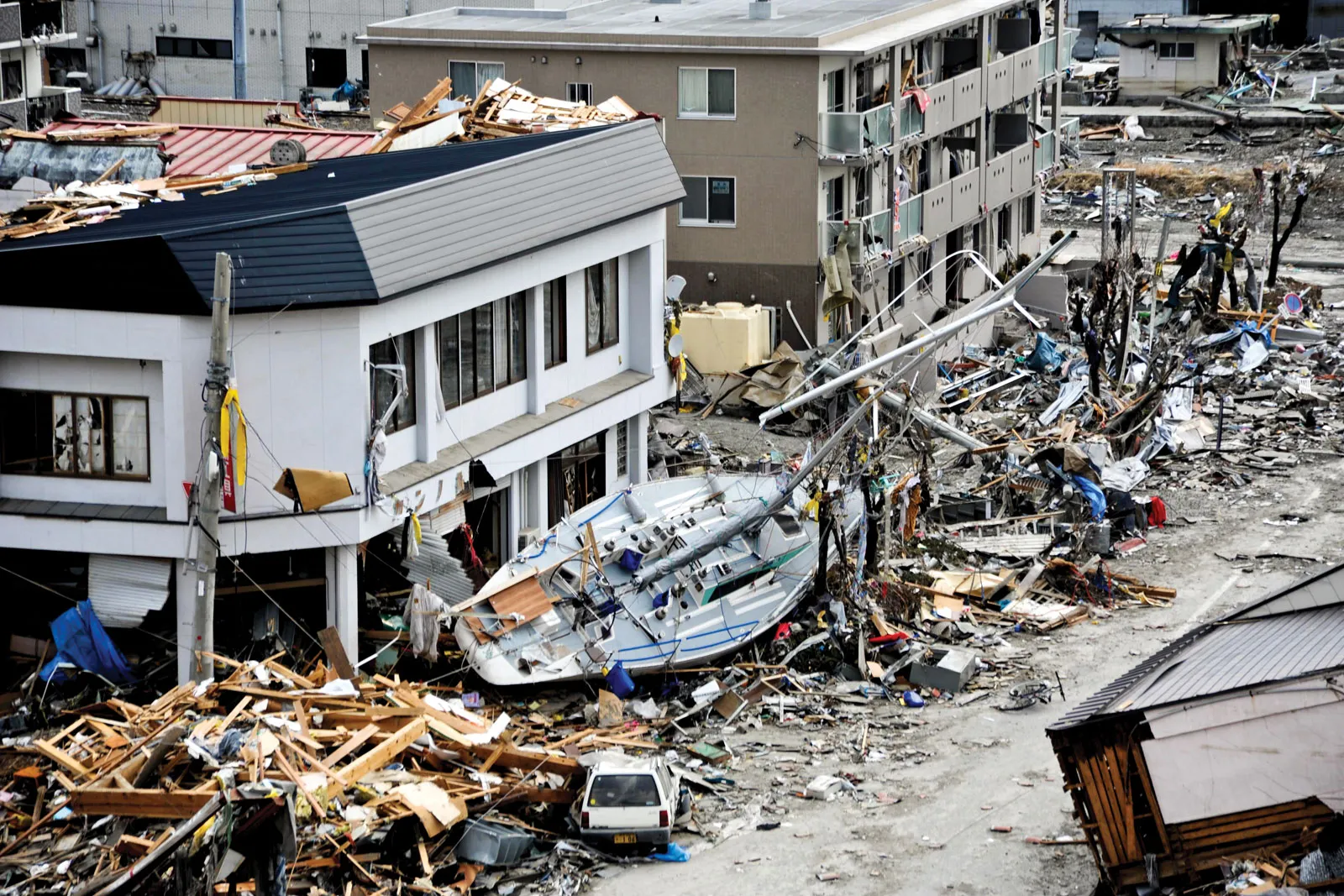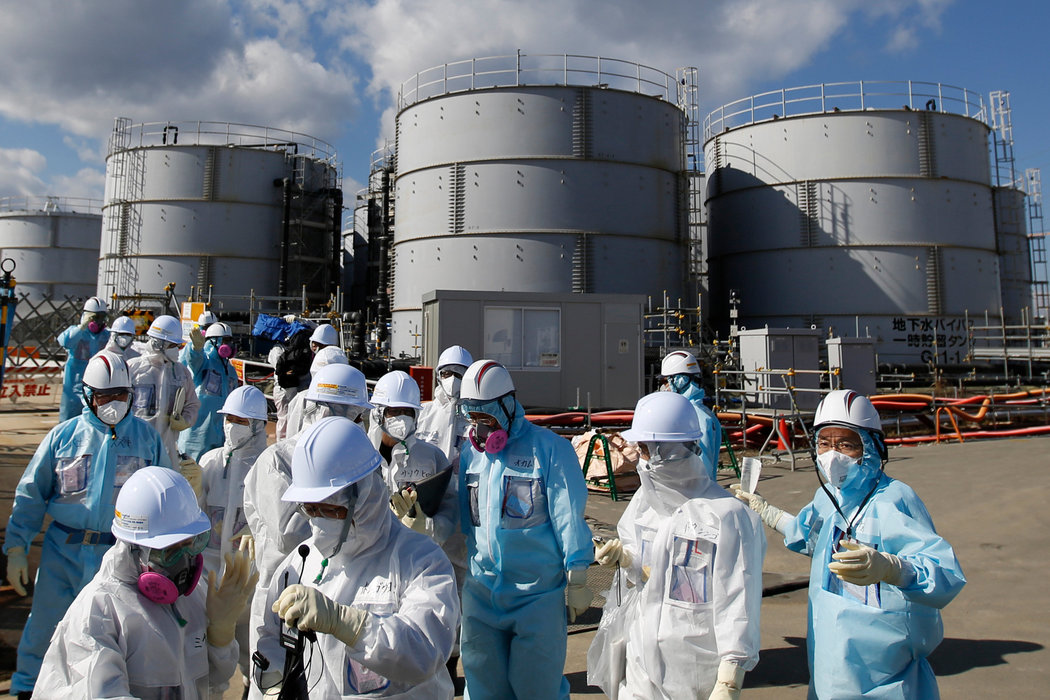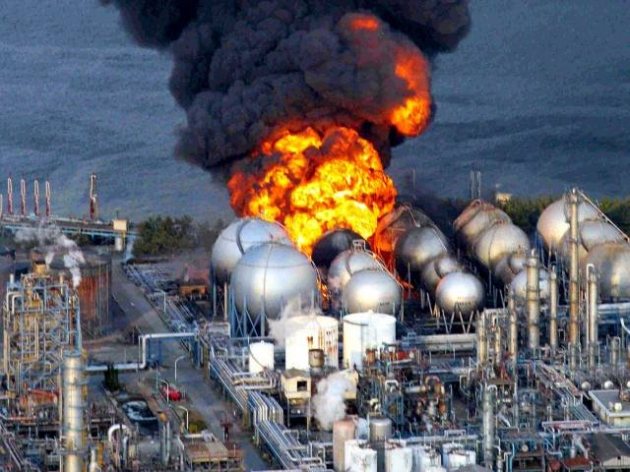The Fukushima nuclear disaster of 2011 stands as one of the most severe nuclear accidents in history, comparable only to the Chernobyl disaster of 1986. This catastrophic event, triggered by natural calamities, had profound implications for Japan and the global nuclear industry. The disaster not only led to immediate devastation but also raised serious concerns about the safety of nuclear energy, prompting widespread reevaluation of nuclear policies worldwide.
The Fukushima Daiichi Nuclear Power Plant, operated by the Tokyo Electric Power Company (TEPCO), suffered a major crisis when a powerful earthquake and subsequent tsunami struck Japan on March 11, 2011. These natural disasters set off a chain reaction of events that resulted in the meltdown of three reactors, the release of radioactive materials, and the evacuation of thousands of residents. The accident underscored critical weaknesses in nuclear power plant design, regulatory oversight, and emergency preparedness, drawing global attention to the need for enhanced safety measures in the nuclear sector.
In this article we shall explore the underlying causes of the Fukushima disaster, the immediate and long-term consequences on human health, the environment, and the economy, as well as the vital lessons learned from this tragic event. By examining these factors, we can better understand the importance of stringent safety regulations, improved disaster response mechanisms, and the future of nuclear energy in a world increasingly seeking sustainable and secure power sources.
Causes of the Fukushima Nuclear Disaster
The Fukushima nuclear disaster was primarily caused by natural events but was exacerbated by human errors and inadequate safety measures. The key factors leading to the disaster include:
1. The Great East Japan Earthquake and Tsunami
The disaster was triggered by a massive undersea megathrust earthquake, which struck off the coast of Japan at a depth of about 32 km. This earthquake, measuring 9.0 on the Richter scale, was the most powerful ever recorded in Japan and one of the strongest in world history. The earthquake’s immense energy caused the sea floor to shift, generating a devastating tsunami that traveled at speeds of up to 800 km/h. The Fukushima Daiichi Nuclear Power Plant, located on the eastern coast of Japan, was hit by tsunami waves reaching heights of up to 40 meters in some areas.

Despite being designed to withstand seismic activity, the plant was not adequately prepared for such an extreme event. The protective seawall built around the facility was only 5.7 meters high, significantly lower than the tsunami waves that struck the plant. The force of the waves inundated the facility, flooding the reactor buildings and disabling critical infrastructure.
2. Power Failure and Cooling System Malfunction
The plant relied on a series of redundant cooling systems to maintain safe operating temperatures within the nuclear reactors. When the earthquake struck, the plant automatically shut down its reactors as a safety measure. However, the tsunami caused extensive damage to the backup diesel generators, which were essential for powering the cooling systems in case of a power failure. With both the primary and backup power sources compromised, the cooling systems failed, leading to a dangerous rise in reactor core temperatures.
Without cooling, nuclear fuel rods inside the reactors began to overheat, reaching temperatures that caused a meltdown. This led to the release of highly radioactive materials, which further escalated the crisis.
3. Design Flaws and Safety Lapses
The Fukushima Daiichi plant, constructed in the 1970s, had several design flaws that made it vulnerable to catastrophic failures. Some key shortcomings included:
- Insufficient Tsunami Protection: The plant’s seawall was designed based on historical tsunami data, but experts had warned for years that larger tsunamis were possible. The failure to heed these warnings left the plant exposed to an extreme event.
- Low Placement of Emergency Generators: The backup diesel generators, crucial for reactor cooling during a power outage, were located in the basement of the turbine buildings. When the tsunami flooded these areas, the generators were submerged and rendered useless.
- Inadequate Venting System: The venting system was supposed to release pressure buildup in the reactors to prevent explosions. However, due to design inefficiencies and technical failures, hydrogen gas accumulated within reactor buildings, leading to powerful explosions that severely damaged the plant’s structures.

4. Regulatory and Institutional Failures
Japan’s nuclear regulatory framework had significant weaknesses that contributed to the severity of the disaster. TEPCO, the plant operator, had a history of neglecting safety improvements and downplaying risks. Key failures included:
- Ignoring Expert Warnings: Seismologists and engineers had previously warned of the potential for a massive earthquake and tsunami, but TEPCO and regulatory bodies failed to implement necessary upgrades.
- Lack of Stringent Safety Standards: Compared to other countries, Japan’s nuclear regulations were less stringent. The regulatory body responsible for overseeing nuclear safety was criticized for being too close to the industry, leading to conflicts of interest.
- Poor Crisis Management: During the crisis, there was confusion and miscommunication among TEPCO officials, government authorities, and emergency responders. Delays in decision-making and lack of clear protocols exacerbated the situation.
5. Hydrogen Explosions and Reactor Damage
As the reactors overheated due to cooling system failures, hydrogen gas was produced as a byproduct of nuclear reactions. Without proper venting, this hydrogen gas accumulated within reactor buildings, leading to violent explosions in Units 1, 2, and 3. These explosions caused severe structural damage, further complicating efforts to stabilize the reactors and contain the radioactive release.
6. Release of Radioactive Materials
The disaster led to the widespread release of radioactive materials into the air, soil, and ocean. The release of iodine-131 and cesium-137 posed severe environmental and health risks. While the majority of the radiation was dispersed into the Pacific Ocean, radioactive contamination of water, soil, and agricultural products in Fukushima and neighboring regions remained a significant concern.
7. Human and Organizational Errors
Beyond technical failures, human factors played a crucial role in worsening the disaster. Some of the critical errors included:
- Delayed Decision-Making: TEPCO was slow to acknowledge the severity of the situation, delaying necessary countermeasures.
- Failure to Implement Robust Emergency Plans: The lack of proper training and preparedness for such an extreme event left plant operators and emergency responders struggling to manage the crisis.
- Conflicting Information and Poor Communication: Discrepancies between TEPCO, the government, and international agencies led to public confusion and mistrust.
Immediate Impacts
The immediate impacts of the Fukushima nuclear disaster were widespread and affected various aspects of society, the environment, and the economy. These impacts include:
1. Radiation Release and Contamination
One of the most pressing concerns following the disaster was the release of radioactive materials, including iodine-131, cesium-134, and cesium-137. These radioactive isotopes were dispersed into the air, land, and ocean, contaminating large areas surrounding the Fukushima Daiichi plant.
- Airborne Contamination: Radioactive plumes spread over several kilometers, leading to the deposition of radioactive particles on land and water bodies. Wind patterns played a crucial role in determining the extent of dispersion.
- Soil and Water Contamination: Fallout from the radiation contaminated the soil, making large areas of farmland unusable. Water sources, including rivers and underground reservoirs, were also affected, raising concerns about long-term environmental and health consequences.
- Ocean Contamination: The plant’s cooling efforts resulted in large amounts of contaminated water being released into the Pacific Ocean. Marine life was significantly affected, and concerns arose regarding the safety of seafood consumption.
2. Large-Scale Evacuations and Displacement
The Japanese government ordered the evacuation of over 150,000 residents living within a 20 km radius of the plant. Over time, the evacuation zone was expanded as radiation spread.
- Forced Relocation: Thousands of families were forced to abandon their homes, businesses, and farmlands, often leaving behind personal belongings and memories.
- Temporary Shelters: Many evacuees were housed in temporary shelters, schools, and community centers, facing difficult living conditions due to overcrowding and lack of resources.
- Psychological and Social Impacts: The abrupt displacement caused immense psychological stress, depression, and anxiety among affected individuals. Many residents experienced social isolation and economic hardship as they were unable to return to their livelihoods.
3. Immediate Health Concerns
While no immediate deaths were directly attributed to radiation exposure, the disaster raised serious health concerns, especially for vulnerable populations such as children and the elderly.
- Thyroid Cancer Risk: The release of iodine-131 posed an increased risk of thyroid cancer, particularly among children who were exposed to contaminated air and food.
- Radiation Sickness: Some workers at the plant experienced acute radiation sickness due to high exposure levels during emergency containment efforts.
- Stress-Related Illnesses: The psychological burden of the disaster, coupled with displacement, resulted in a spike in mental health issues, cardiovascular diseases, and suicides in affected areas.
4. Infrastructure and Economic Disruptions
The disaster had an immediate impact on Japan’s economy and infrastructure, affecting industries and essential services.
- Power Shortages: With the Fukushima plant offline and other nuclear plants undergoing safety inspections, Japan faced electricity shortages, forcing businesses and households to conserve energy.
- Disruptions to Agriculture and Fisheries: Contaminated farmland and ocean water led to widespread bans on local agricultural and seafood products, severely impacting the livelihoods of farmers and fishermen.
- Damage to Transportation Networks: Roads, bridges, and railways were damaged by the earthquake and tsunami, making relief efforts more challenging.
- Stock Market and Financial Losses: The disaster led to a sharp decline in Japan’s stock market, with TEPCO’s stock value plummeting. The overall economic damage was estimated to exceed $200 billion.
5. Emergency Response and Global Reactions
The Fukushima disaster prompted swift emergency response efforts, both from Japan and the international community.
- Government and Military Intervention: The Japanese government mobilized emergency response teams and the Self-Defense Forces to assist in rescue and relief operations.
- International Aid and Expertise: Countries including the United States, France, and Germany sent experts, equipment, and humanitarian aid to assist Japan in managing the crisis.
- Reevaluation of Nuclear Policies Worldwide: The disaster triggered a global reassessment of nuclear energy safety. Countries such as Germany decided to accelerate their plans to phase out nuclear power, while others tightened their nuclear regulations.
Long-Term Consequences
- Public Health Effects: Studies have monitored potential long-term health effects, with mixed findings. Some suggest a slight increase in cancer risks, while others indicate psychological and social impacts due to forced evacuations and stigma.
- Economic Costs: The disaster led to enormous financial losses, estimated to exceed $200 billion. TEPCO faced lawsuits and compensation claims, while Japan allocated billions for cleanup and decontamination efforts.
- Nuclear Policy and Energy Shift: The Fukushima disaster led to significant changes in Japan’s nuclear energy policy. The country shut down most of its nuclear reactors for safety reviews, leading to increased reliance on fossil fuels. Globally, countries like Germany accelerated their nuclear phase-out programs.
Lessons Learned and Future Precautions
- Improved Nuclear Safety Measures Stricter safety protocols were implemented worldwide, including enhanced tsunami defenses, better emergency preparedness, and improved reactor designs to prevent core meltdowns.
- Advancements in Disaster Response The disaster highlighted the need for clear communication, rapid evacuation procedures, and international cooperation in nuclear crisis management.
- Sustainable Energy Development The Fukushima disaster renewed interest in renewable energy sources such as solar and wind power as safer alternatives to nuclear energy.
In conclusion, the Fukushima nuclear disaster was a tragic event with profound implications. It underscored the risks associated with nuclear energy and highlighted the need for robust safety measures and disaster preparedness. While efforts continue to mitigate its long-term effects, the lessons learned from Fukushima serve as a crucial guide for future energy policies and nuclear safety worldwide.




